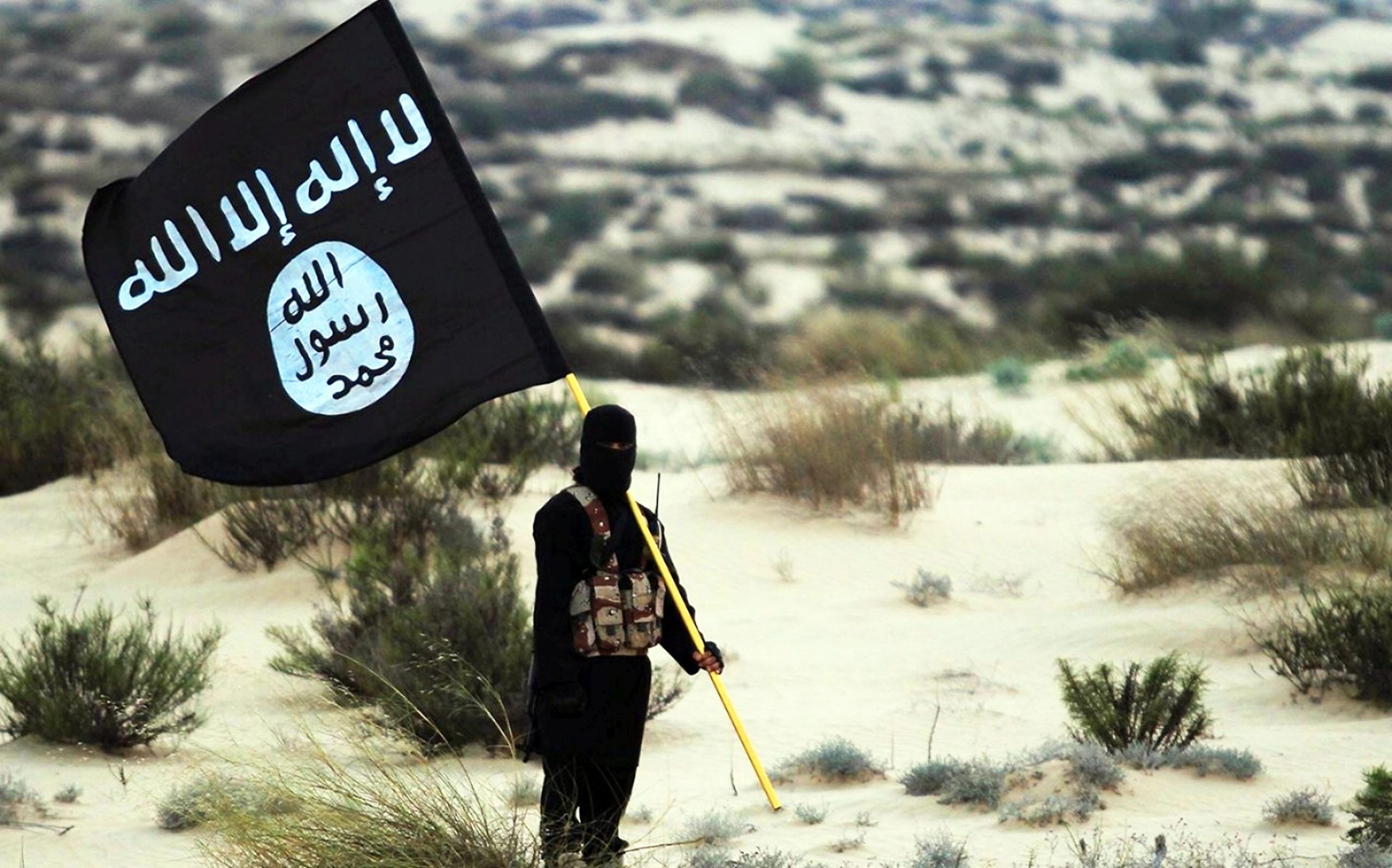
Last week’s terror attacks in Moscow and in the southern Afghan city of Kandahar have once again raised the spectre of international terrorism. According to US officials, both attacks—in which dozens were killed and wounded—were claimed by the Khorasan branch of the so-called Islamic State (IS-K), although Putin has accused Western and Ukrainian intelligence of helping the jihadists. If IS-K is the culprit, it shows that the group has regained an operational capability not only to be active in Afghanistan but also to hit a target as far away as Moscow. Are we on the cusp of another wave of international terrorism by groups from within Afghanistan?
To discern how conducive it has become for IS-K or Al Qaeda’s network to carry out attacks like those in Moscow and Kandahar, we must look at the regional environment. Ever since the Taliban, an erstwhile terrorist organisation, returned to power in Afghanistan in 2021, the regional landscape has shifted considerably in favour of violent extremist groups. The US and allied military retreat from the country further raised serious questions about the future of combating and containing terrorism. Seasoned analysts of Afghanistan and terrorism have remained sceptical about the re-empowered Taliban’s promise under the 2020 peace agreement with the US to combat IS-K and sever ties with Al Qaeda.
On the surface, the Taliban have repeatedly declared success in fighting IS-K and denied any links with Al Qaeda, attracting some goodwill from Washington. But their claims ring hollow. The suicide bombing in Kandahar, the very heartland of the Taliban, and the Moscow operation under the very nose of the Kremlin, have demonstrated IS-K’s reach and capability.
The IS-K remains strong despite a bloody rivalry with the Taliban. The group became active in Afganistan in 2015 as an extension of the so-called Islamic State (IS) and its parent organisation, the Islamic State of Iraq and Syria (ISIS), which brutally ruled over chunks of Iraq and Syria from 2014 before it was defeated territorially, but not ideologically or operationally, by US-led and Russia-led coalitions. IS-K’s core elements originally included many Afghan Taliban who wanted a more extremist version of Islam than that of the mainstream Taliban. This meant that the core Taliban resented IS-K’s presence on their turf and its claim over the ancient Khorasan entity, composed of today’s Afghanistan, Iran, Pakistan and parts of Central Asia, resulting in bloody conflicts.
In an effort to bolster its draconian rule, the Taliban let many Pakistani Taliban called Tehrik-i-Pakistan (TTP) into Afganistan. TTP is widely designated as a terrorist organisation, and has waged violent actions against the Pakistani government for years in pursuit of changing Pakistan along similar lines as the Afghan Taliban.
This has soured the Afghan Taliban-Pakistan relations, despite Islamabad’s support of the Taliban against the US and its allies during their two-decade long intervention in Afghanistan. Lately the Pakistani air force has bombed what it has called TTP bases in Afghanistan, and Kabul has retaliated with cross-border firing, claiming that they can help TTP to ‘conquer’ politically and economically fragile, but nuclear-armed, Pakistan.
Meanwhile, the Taliban have remained loyal to their long-standing alliance with Al-Qaeda, which has established active cells in many of Afghanistan’s 34 provinces. A further 21 violent extremist groups have reportedly found territorial and operational bases in Afghanistan under the Taliban’s watch.
Alarmed by these developments, a report by the United Nations Analytical Support and Sanctions Monitoring Team to the UN Security Council in June 2023 warned:
‘The Taliban, in power as the de facto authorities in Afghanistan … have reverted to the exclusionary, Pashtun-centred, autocratic policies of the administration of the late 1990s … The link between the Taliban and both Al-Qaida and Tehrik-e-Taliban Pakistan …. remains strong and symbiotic. A range of terrorist groups have greater freedom of manoeuvre under the Taliban de facto authorities. They are making good use of this, and the threat of terrorism is rising in both Afghanistan and the region.’
There is a tendency in the West to view IS-K, ISIS, Al Qaeda, the Taliban and other groups as separate entities. But in essence, they all share a utopian ideological commitment to transforming the Muslim countries into a federated or integrated community, or Umma, under a single ruler. They only differ on the timing and tactics of achieving this goal.
These recent attacks should in theory give regional state actors and major powers the impetus to cooperate in combating terrorism. But geopolitical rivalries and regional conflicts are likely to impede this, thus potentially allowing IS-K, Al Qaeda and the Taliban plenty of room to flourish for the foreseeable future.

